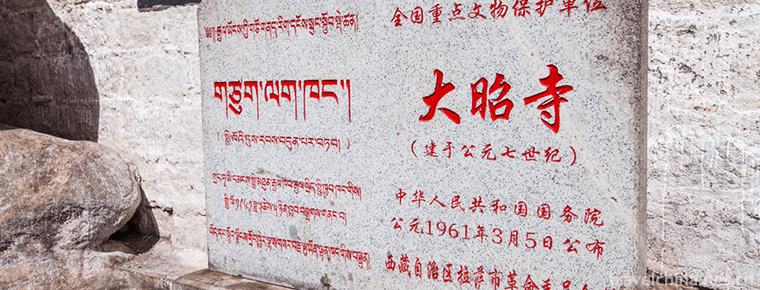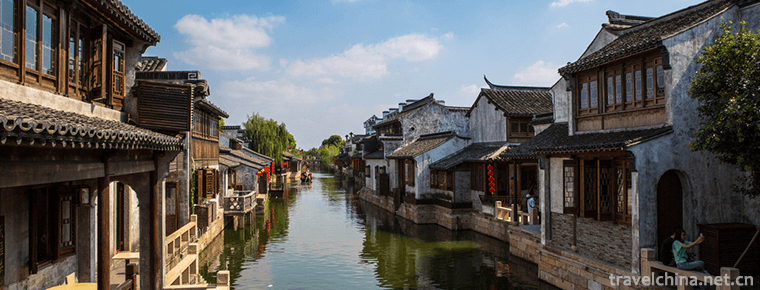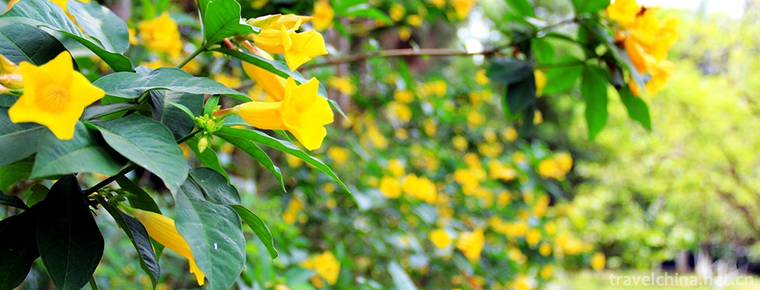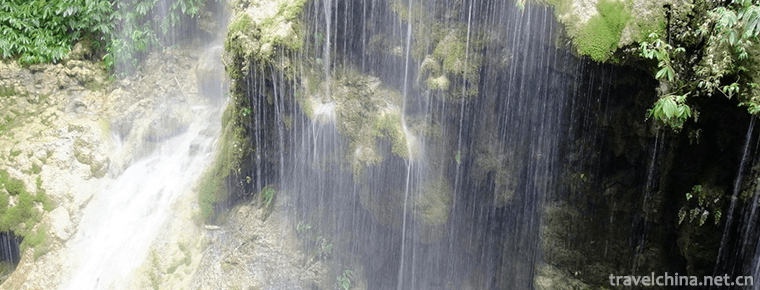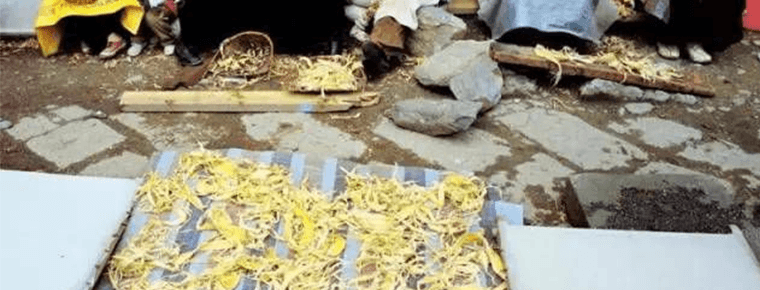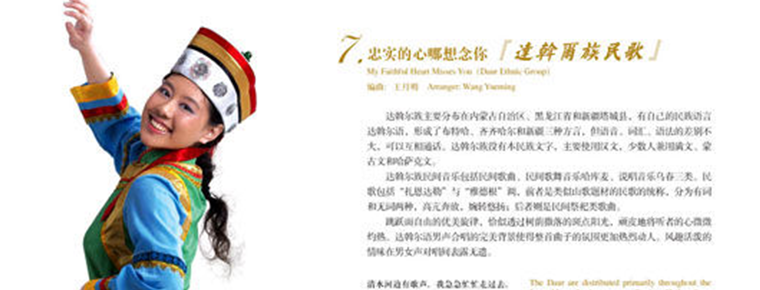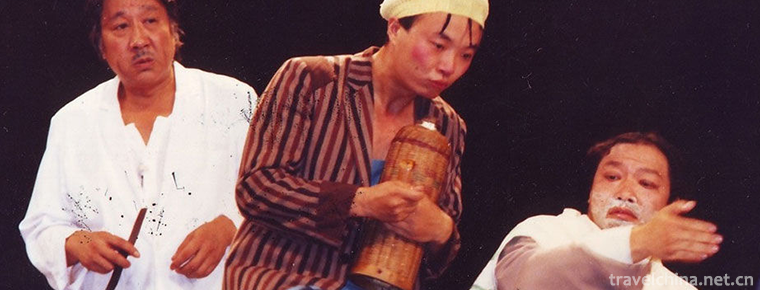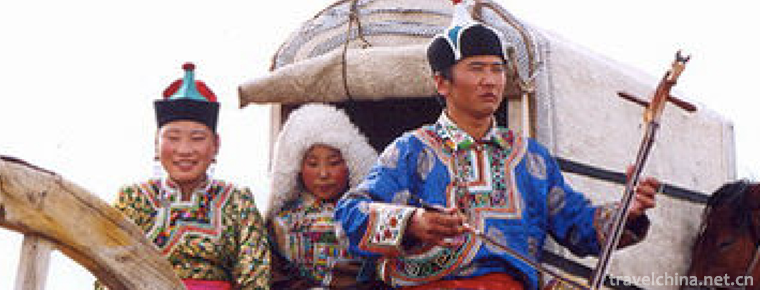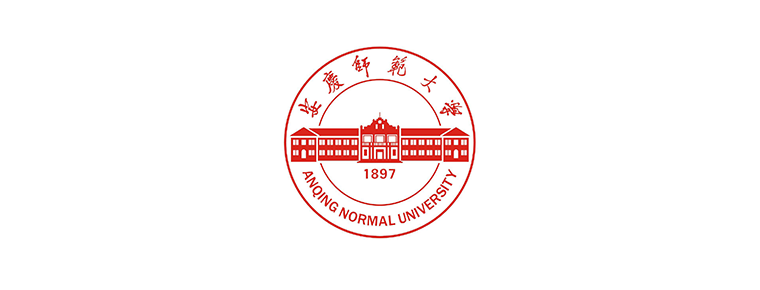Recitative
Recitative
Recitation is a local traditional music form in Changzhou City, Jiangsu Province, which has a high reputation at home and abroad. The art of reciting belongs to "minority culture", which is similar to Guqin and Kunqu Opera. It marks the highest level of traditional culture and has the research value of literature, music, linguistics and other disciplines. The basic content of chanting is quite rich and comprehensive, including the tone of chanting poems (including seven rhythms, seven rhythms, five rhythms, five rhythms and so on) and the tone of chanting classical poems such as the Book of Songs, Yuefu, Chuci, miscellaneous poems, etc.), the tone of chanting poems and the tone of chanting classical Chinese.
On June 7, 2008, recitation songs were listed in the second batch of national intangible cultural heritage list with the approval of the State Council.
historical origin
Up to now, chanting in Changzhou has a history of more than three thousand years. The origin of Wu Yin can be traced back to the pre-Qin period, which began in the Warring States Period and flourished in the Ming and Qing Dynasties through the development of Tang and Song Dynasties. Changzhou belonged to Wu in ancient times. The concept of Wu originated from Wu State, one of the five hegemonies in the late Spring and Autumn Period. At that time, the territory of Wu State was roughly in today's Taihu River Basin in South Jiangsu, northern Zhejiang and Eastern Anhui. In a narrow sense, Wu Land generally refers to southern Jiangsu (Su, Xichang). There are many records about Wu Yin, the earliest appeared in the Warring States Policy Qin Ce II: "ministers do not know their thinking and thinking. Chengsi will sing Wu Yin, and now he will sing Wu Yin Wang. Wu's unique dialect and human geography also created Wu's unique music, language and literary art. Wu Yin, based on Wu's dialect, has a unique tone. Li Bai has repeatedly mentioned in his poems "Wu Yin (Wu Song)", "I have Wu Tengqu, nobody knows this voice" ("Give Xue proofreading"), and "Trial Producing Qingqiu Xing, because of Wu Hui". Yin"("Sending Bran to More than Ten Mansions"),"Who was Wu Huiyin last night? Wind-blown mountains Zhenkonglin"("Yebo Huangshan Wenyin 14 Wuyin") and so on. Therefore, later generations said that "flat head Chu system, long ear Sir Wu Yin". Changzhou chanting is closely related to the production and life style of the ancestors of Wudi in the south of the Yangtze River. It not only embodies the humanistic history of Changzhou, but also contains the cultural genes of the ancestors. It is reported that Changzhou had a famous "Tea Mountain Fair" in the flourishing Tang Dynasty, a "Spring Outing Poetry and Wine Party" in the spring of Song Dynasty and a "Poetry and Wine Festival" in Ming Dynasty. However, with the disappearance of imperial examination system and private schools, the traditional recitation has been replaced by the western recitation, which has gradually become silent. Fortunately, in the 1920s, Mr. Zhao Yuanren, a master of Chinese traditional culture, first studied recitation. In 1971, Mr. Zhao Yuanren gave a lecture on "Various forms of recitation" at the "Chinese Singing Literature and Art Research Association" held at Cornell University in the United States, and recited many different forms of ancient poems and prose in Changzhou dialect. Records have left a spark for the revival of Changzhou recitation. Since modern times, there have been many famous reciters in the field of Changzhou recitation, such as Zhao Yuanren, Zhou Youguang, Zou Zonghao, Ding Yanshi, Wu Yuliang, Shi Zhaomei, He Zushu, Lu Ruting, Tu Ban, Yangqi, Shi Manqian, Qian Jiezhi, Zou Xingguo, Yun Zhengping, Yanghan and so on, whose influence has been widespread. The Chinese community at home and abroad and Japan, Korea and Southeast Asia which are deeply influenced by Chinese culture. In recent years, Changzhou has strengthened the protection of intangible cultural heritage, established the Changzhou Recitation Art Association, and promoted the in-depth research and inheritance work.
artistic characteristics
Before the Eastern Han Dynasty, there were songs and chants. Whether there were chants or not is still unknown. Despite the mention of chanting in some literatures, the language is still vague. After the Eastern Han Dynasty, there were songs and chants. All poetry and prose can be recited, and the songs of past dynasties (poetry, sao, Yuefu, ci, qu, etc.) can be inherited by reciting after they can not sing. Every scholar can recite, sing and reward, educate and learn, and use recitation. There are many famous reciters in history, such as Xie An and Wang Yangming. In the Ming and Qing Dynasties, recitation was particularly developed, and the methods of learning poetry, prose and eight-part prose were more advanced. Tongcheng School created its unique recitation method of ancient Chinese prose and advocated "seeking Qi from voice", which has been passed down till now. Recitation is mainly inherited through the ancient educational system (private schools and public schools, the former being the main part). The teacher poured his understanding of poetry into his recitation and passed it on to the students. The so-called sound of reading is the sound of reciting. Generally speaking, there are many chants, poetry and prose. In ancient times, chanting was just like literacy and writing. It was the basic skill of literati. As long as they went to private schools for a few years, they would recite. As a result, almost no one specializes in recitation, and there is hardly any special discussion on recitation. Our impression of the popularization of ancient education is also biased. In ancient times, there was an ethnic village school in rural areas, which was generally a three-year compulsory education system, so some farmers would recite it. In places above the township level, women can also read their homes. The rise of illiteracy rate is a matter of modern times. It is the evil consequence of the flourishing of new schools, the continuation of teachers and the disappearance of private schools. Recitation is a pure oral immaterial culture, which is completely imparted orally and heartfelt. So chanting has no tune and no music. In Japan, Korea, Vietnam and other countries, Chinese poetry and prose are recited, which has been handed down for more than a thousand years. Those who recite with transliteration, Chinese and native languages are divided into different schools. Its recitation is also different from elegant and popular music.
At the same time, recitation is also a form of language. In fact, recitation is the combination of recitation and recitation, which means reciting; reciting, which means reciting. Ancient poetry and prose are mostly created by reciting. As a way of sound transmission of culture, reciting is not only different from reciting, but also different from general singing.
Representative Works
Zhao Yuanren pioneered the theoretical study of recitation from the perspective of music. He personally recorded recitation music, wrote recitation music scores of famous poems such as Jing Ye Si, Fengqiao Night Pool, Chang Hen Song and Jiangcheng Zi, and created such songs as "Bottle Flower" and "Listening to Rain" with ingenious recitation tone.
Inheritance Significance
Recitation is one of the outstanding representative works of intangible cultural heritage in China. It is recognized as one of the unique charms of Chinese culture and enjoys a high reputation in the world. Not only Chinese reciting, but also Chinese poetry reciting tradition has been spreading in Japan, Korea, Vietnam and many other countries. However, as the root of recitation, Chinese recitation, which is far richer and brilliant, has hardly been inherited.
Recitation has been handed down orally and heartily through private schools and official education systems. The content of recitation is classics and poems. The form of recitation is carried out according to the characteristics of Chinese and the rhythm of poems. From inside to outside, it is the crystallization of the spirit of Chinese civilization and embodies the elegant gentleman's demeanor. It is an important part of Chinese traditional culture, especially Confucian ritual and music culture. Changzhou recitation, as a national intangible cultural heritage, is an artistic form that integrates poetry, music and language. It has interdisciplinary research value and heritage protection value.
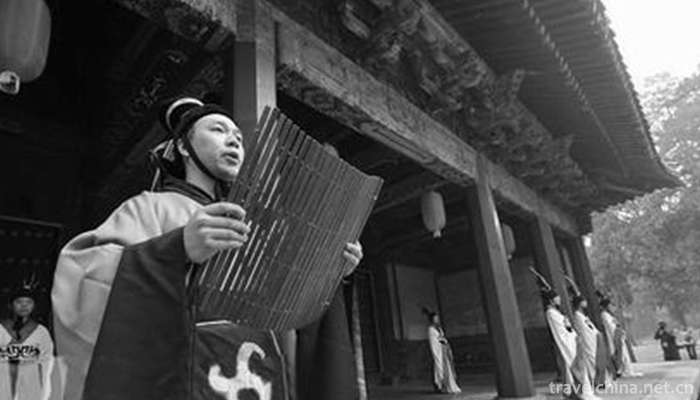
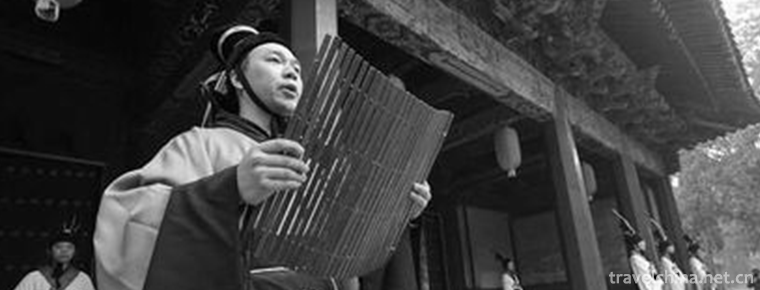
Recitative
-
Dazhao Temple Scenic Area in Lhasa
Dazhao Temple, also known as "Zula Kang" and "Jue Kang" (Tibetan meaning for Buddhist temple), is located in the center of the old city of Lhasa. It is a Tibetan Buddhist temple bu
Views: 144 Time 2018-12-12 -
Diaoyutai State Guest House
Diaoyutai State Guest House is an ancient imperial garden and modern State Guest House complex located on the east side of Yuyuantan (39 55'N 116 19'E) in Haidian District, Beijing, China
Views: 266 Time 2018-12-13 -
Dang Kou ancient town
Dangkou Ancient Town is located in the southeast of Xishan District, Wuxi City, Jiangsu Province. It is adjacent to the Yue noble tombs and Taibo Tombs in the west, and to Suzhou and Changshu in the e
Views: 152 Time 2019-01-08 -
Guangxi Medicinal Herb Garden
Guangxi Medicinal Botanical Garden is located in Xiangzhu Avenue, Nanning City, Guangxi Zhuang Autonomous Region. It was founded in 1959 and covers an area of 202 hectares
Views: 129 Time 2019-01-13 -
Water Curtain Gorge Scenic Area
Shuixian Gorge Scenic Area is located in the southern mountain area of Jinan, Liubu, the first town of ecotourism in Shandong Province. Covering an area of more than 6000 mu, Jinan's No. 1 Peak Ladder
Views: 195 Time 2019-02-13 -
Tibetan Paper making Techniques
Tibetan paper-making technology, Tibetan Autonomous Region's traditional handicraft, one of the national intangible cultural heritage. Tibetan paper-making skills are usually made by peeling
Views: 467 Time 2019-04-15 -
Daur Folk Songs
Daur people mainly live in Inner Mongolia Autonomous Region and Heilongjiang Province, and a few live in Tacheng County, Xinjiang. Daur means "pioneer".
Views: 310 Time 2019-04-22 -
One Man show
A kind of folk art. It is usually performed by one or two or three people. It is lively and funny, close to northern crosstalk. It is popular in Shanghai, Hangzhou and other places.
Views: 114 Time 2019-04-28 -
Horqin Chaoer Epic
Horqin epic is a local tradition of Mongolian heroic epic. It is the only living epic in Horqin area of Inner Mongolia Autonomous Region. "Chao Er Playing Method", "Overtone Playing Met
Views: 146 Time 2019-05-09 -
Legend of Yongding River
Yongding River legend is one of the local folklores in Beijing. Among many legends, the legend of river blocking is representative; the legend of Shijing Mountain and Shijing Mountain; the legend of b
Views: 132 Time 2019-07-14 -
Anqing Normal University
Anqing Normal University (Anqing Normal University), abbreviation of Anqing Normal University (AQNU), is located at National historical and cultural city Anhui Province Anqing City It is directly subo
Views: 91 Time 2019-11-07 -
Nanchong hydrology
Nanchong is rich in precipitation. The average annual precipitation is 1000 mm, excluding evaporation, the annual total water is about 4.191 billion cubic meters, and the average annual runoff depth is about 313 mm. The distribution of runoff depth is generally
Views: 364 Time 2020-12-17
